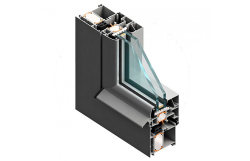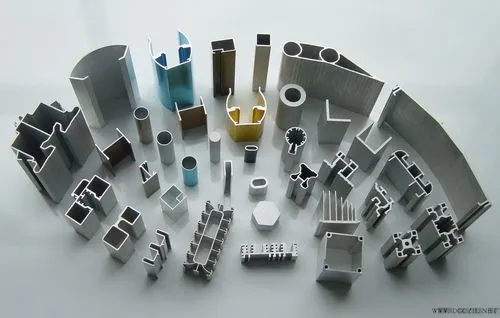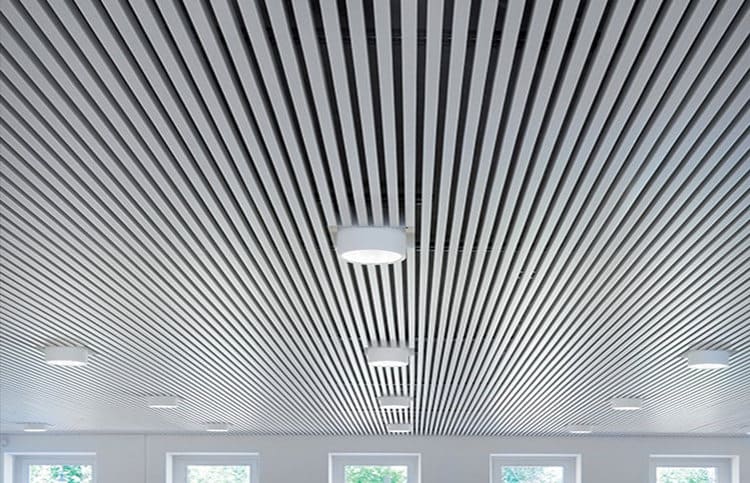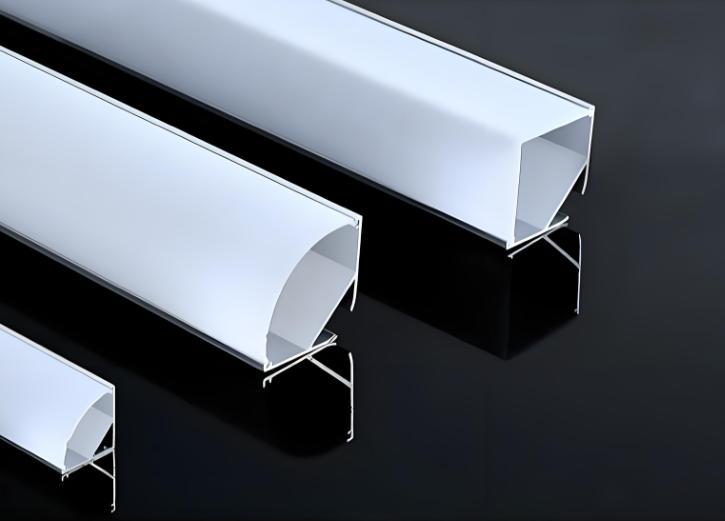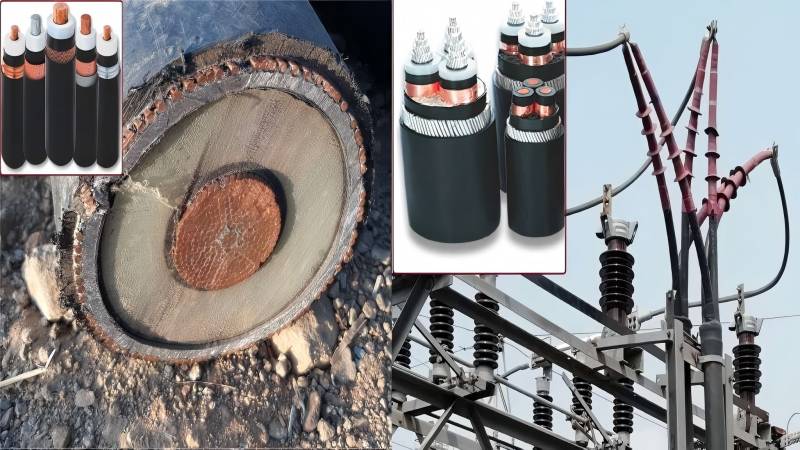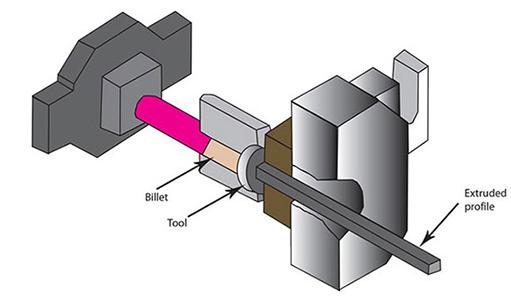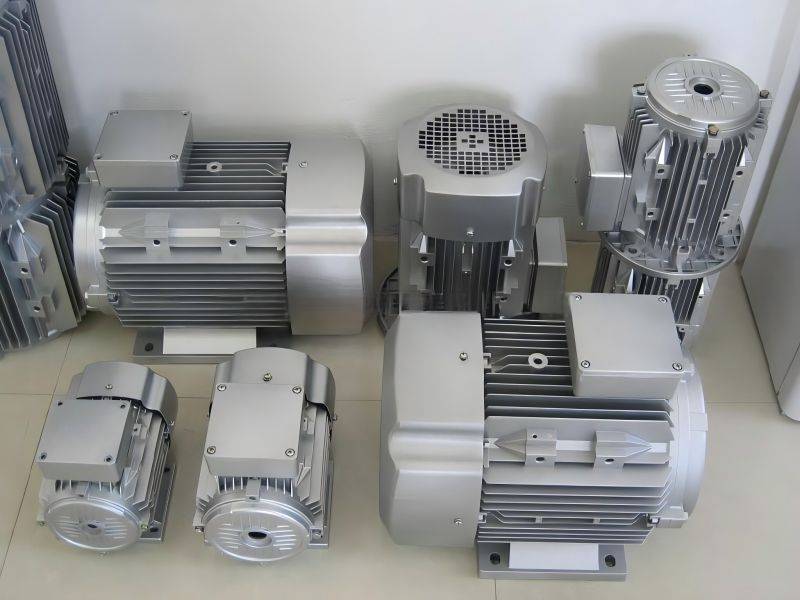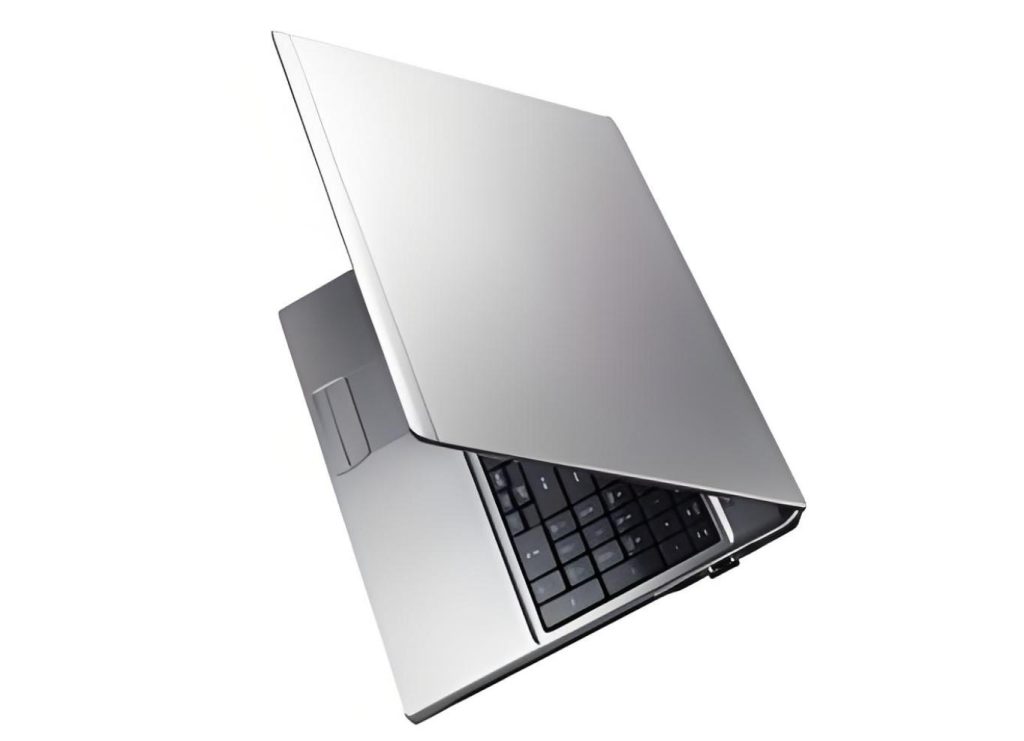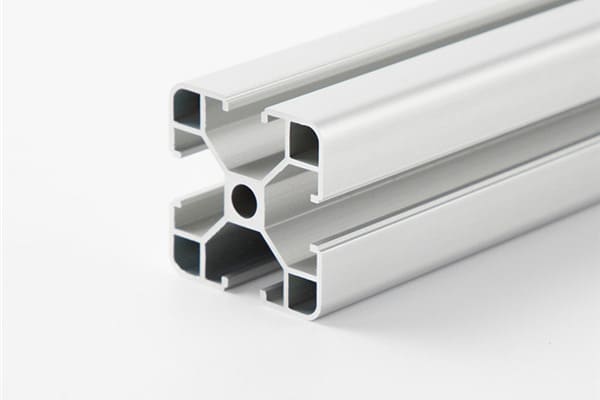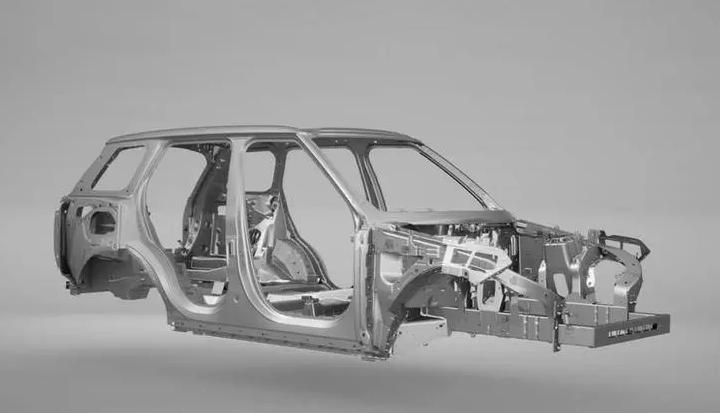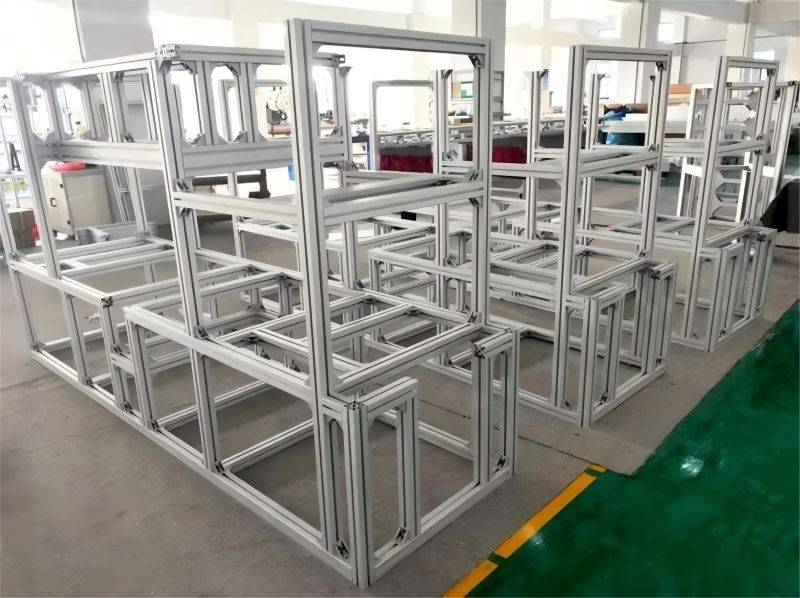There are three common surface treatment methods for aluminum profiles: anodizing, electrophoretic coating, and powder coating. Anodizing is mainly used for the surface treatment of industrial profiles. Electrophoretic coating and powder coating are mainly used for the surface treatment of architectural profiles and decorative profiles. The three surface treatment methods have their own merits, so what defects are prone to occur in the surface treatment of aluminum profiles?
Anodizing
(1) The oxide film is easily mixed with impurities, resulting in a yellowish color. In particular, the natural color is oxidized, and the yellowing of the oxide film is obvious.
(2) During the oxidation process, if some materials come into contact with each other, the color of the oxide film will be uneven, resulting in a rainbow-colored film.
(3) If the profile is not tightly bound during the oxidation process, it will cause a short circuit if it falls into the oxidation pool.
(4) If the temperature of the electrolyte is too high or the electrolysis time is too long, the white powder will appear on the surface of the oxide film.
(5) During acid etching, improper control of sulfuric acid concentration will affect the corrosion resistance of the oxide film.
(6) The oxide film has various problems such as blackening and whitening.
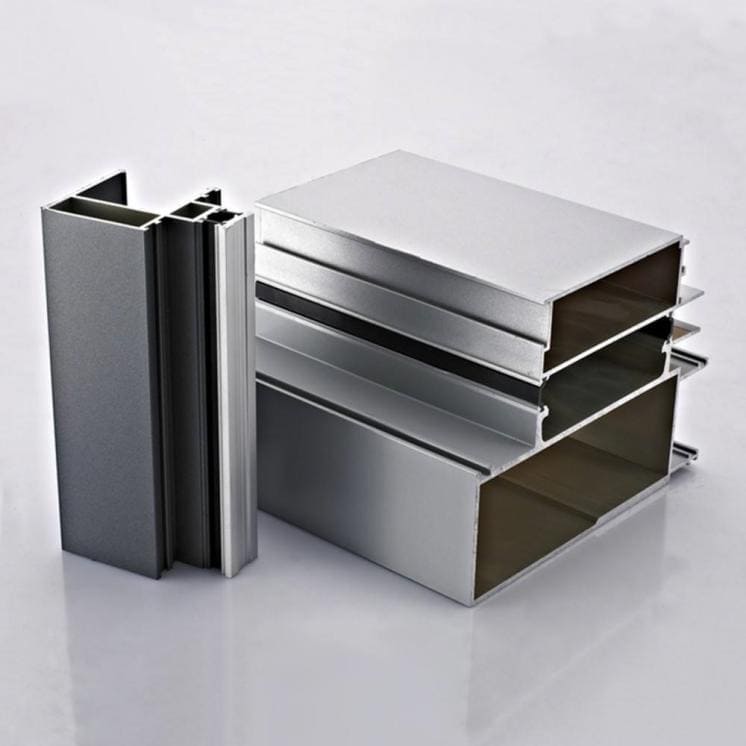
Electrophoretic Coating
(1) Electrophoretic coating has very strict requirements for the process flow. If one or several steps are not followed, various defects on the surface of the aluminum profile will be caused.
(2) When the aluminum profile is immersed in the bath, or the circulation system is involved in air, the anode shielding is not good, which may cause the surface of the paint film to foam.
(3) Poor conductivity and incomplete sealing of the anodic oxide film will result in no paint film.
(4) Insufficient thickness of the paint film, redissolving of the paint film, poor washing, high pH value, contaminated paint, insufficient baking and drying, and excessive alkali corrosion will cause the paint film to have a dark color and poor gloss.
(5) Inappropriate voltage, tank temperature, a solvent in the tank, bonding gap, pole ratio, pole distance, current density, and tank liquid circulation speed may cause uneven thickness of the electrophoretic paint film.
(6) Paint aging, high PH value, contamination of bath liquid, and low solid content will cause “orange peel” on the surface of the paint film.

Powder Coating
(1) The compressed air is not clean, and the mixture of oil or water will cause shrinkage holes on the surface of the material.
(2) If the quality of the raw materials is not good, mixed with dust or other impurities, particles will appear on the sprayed surface.
(3) Inappropriate raw material formula will affect the surface hardness, tensile properties, and corrosion resistance of aluminum profiles, and will also cause some bad surfaces such as yellowing and powdering of aluminum profiles.
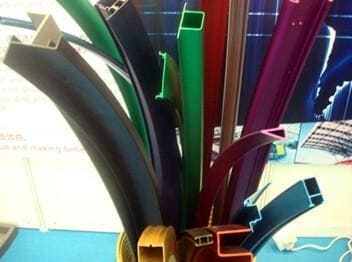
What Should be Paid Attention to Before the Surface Treatment of Aluminum Profiles?
- The surface of the profile is clean, the extruded profile cannot be sprayed in time, and it will rust after some time. Therefore, before spraying, it is necessary to clean the surface of the profile without oil and rust and ensure that the surface of the shape is dry.
- Grinding, there are convex places on the surface of the profile, which should be polished to ensure the flatness of the surface of the profile. Where there is a recess, fill it up. In short, the surface of the profile should be polished smooth, and clean.
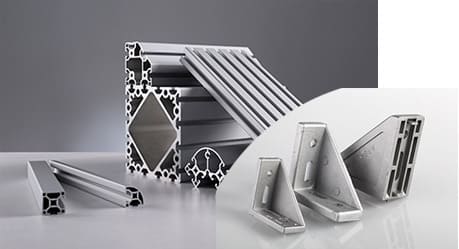
- Temperature and humidity control, the working environment of spraying has specific requirements. Before spraying, measure the temperature and humidity of the working environment to ensure that the data is controlled within a specific range, so that the spraying effect will be good. The general temperature is around 25, and the humidity is below 80% RH. Here, we recommend that you spray on sunny days, and do not apply when there is heavy rain, fog, snow, and sand.
- The spray test process is critical. Before the official spray, try to spray several times. At this time, the uniformity of powder quantity and powder distribution can be observed at both ends of the spray booth. If it is found to be uneven, adjust it in time.

